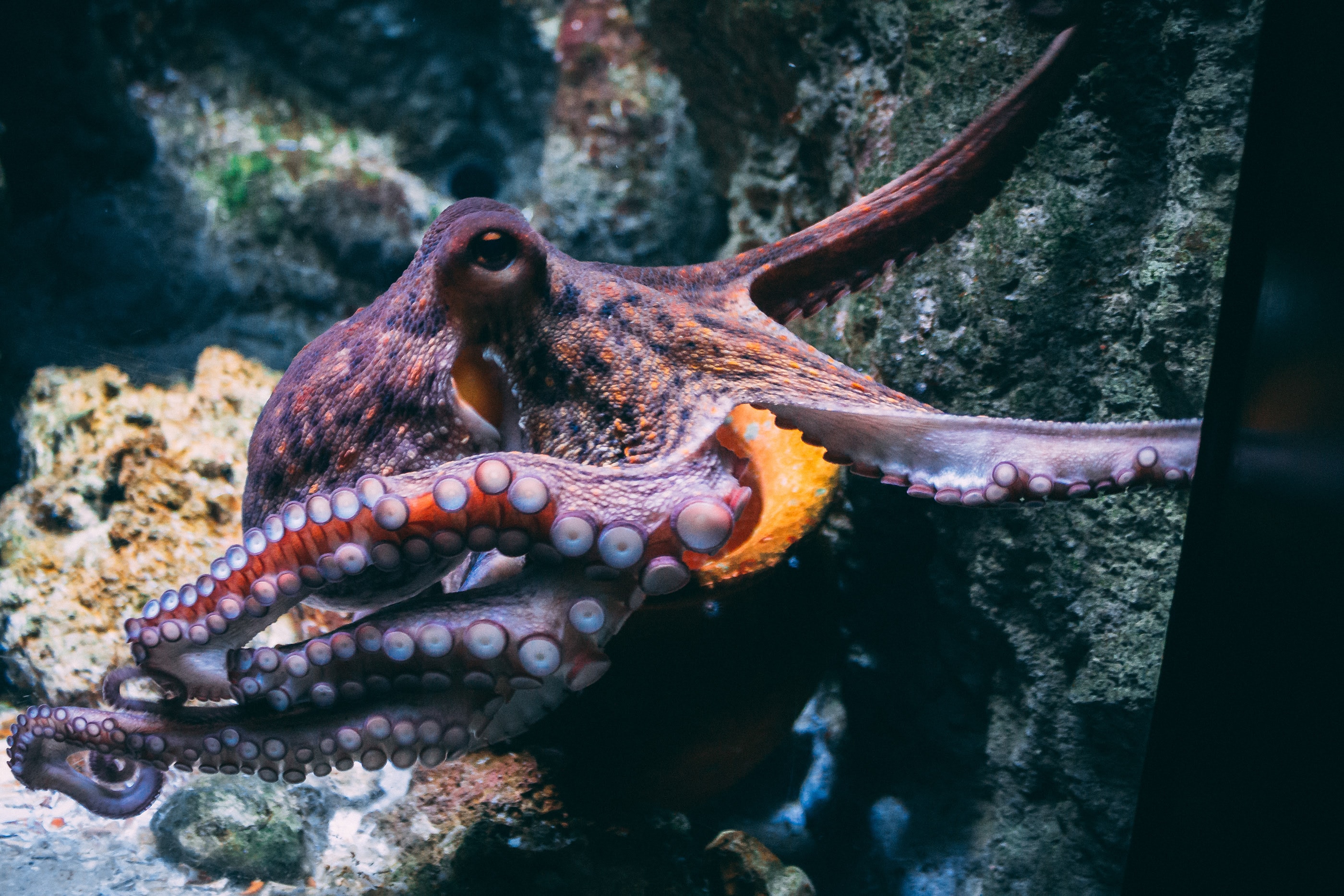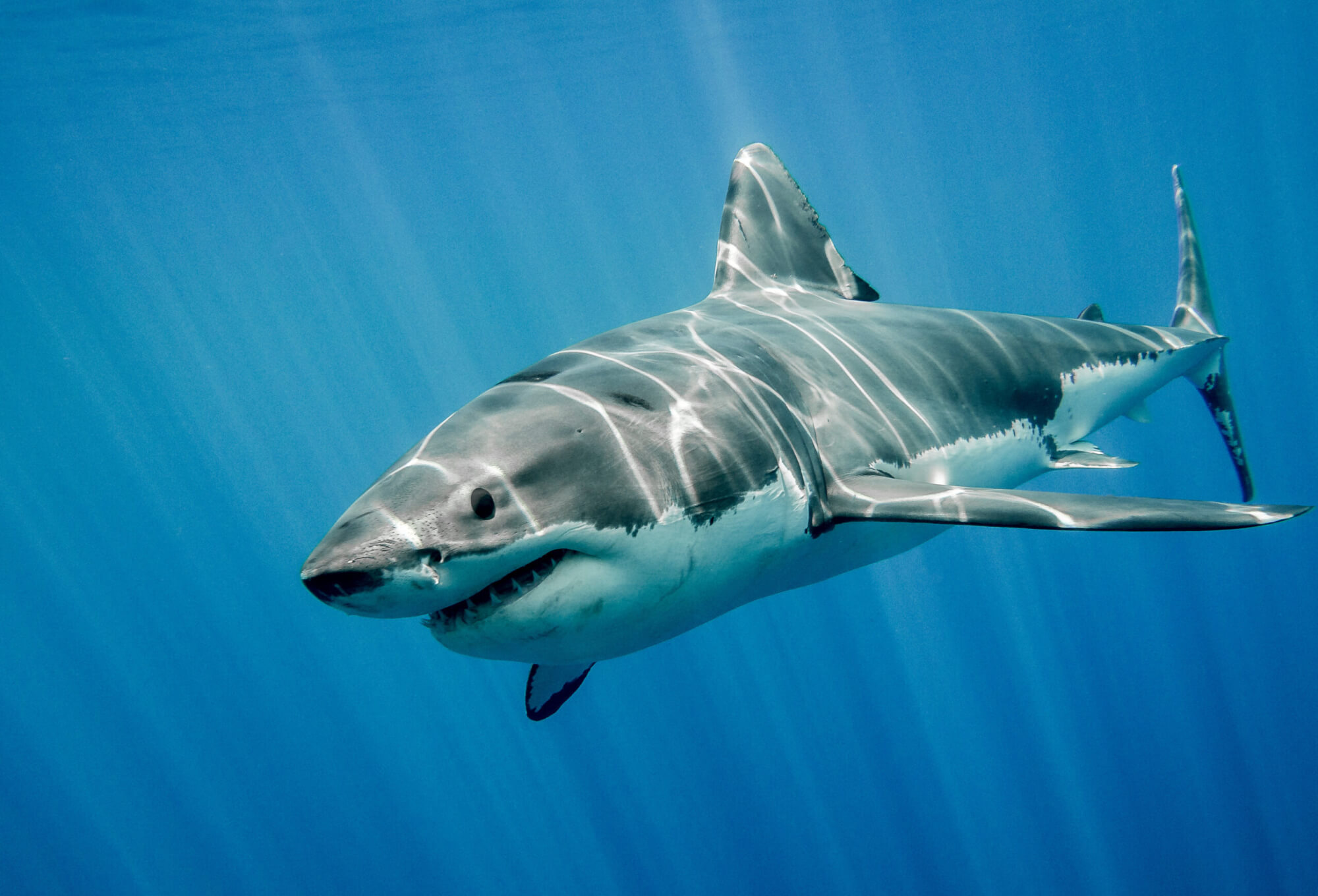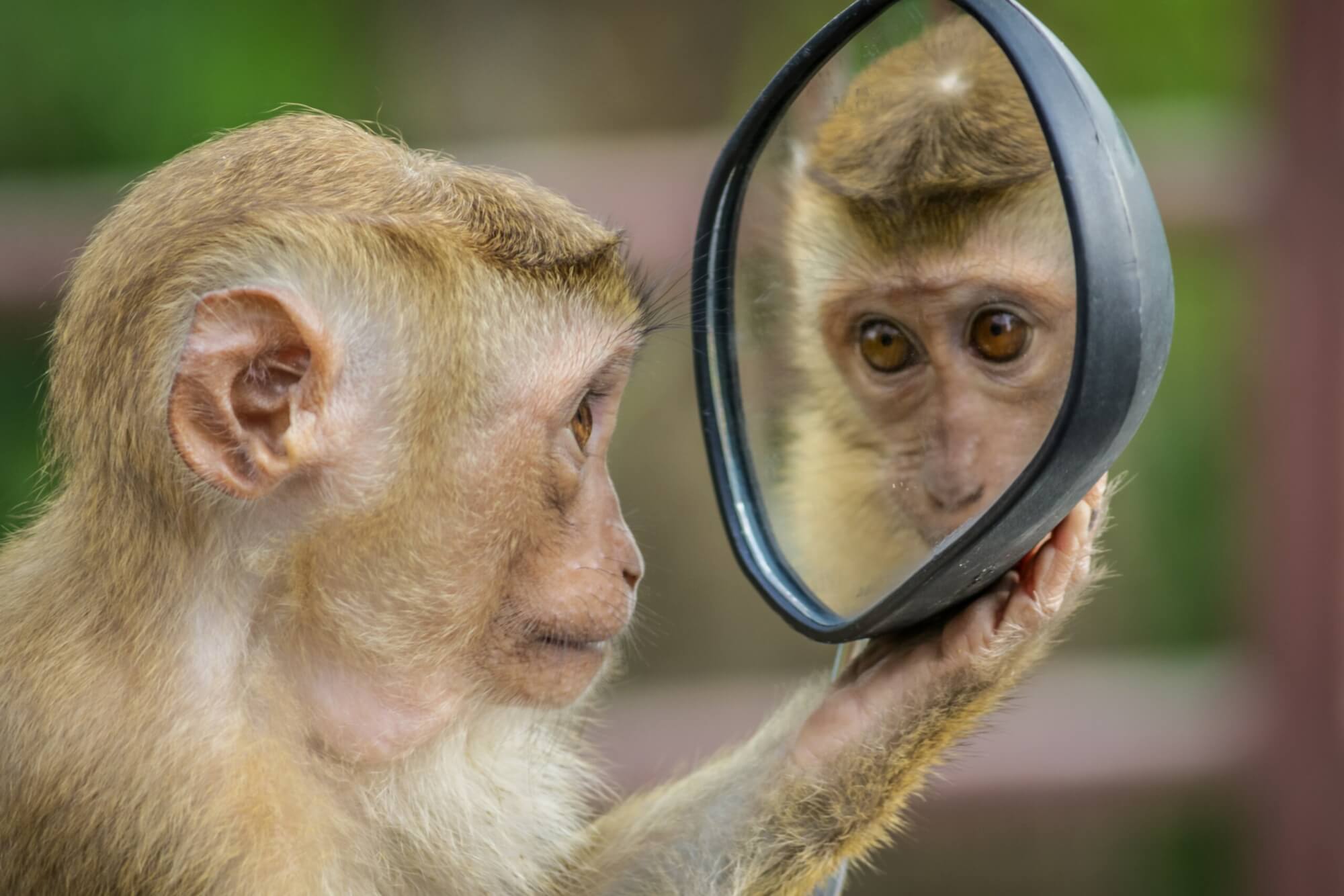Did you know that the octopus is able to solve puzzles and to dream? That pigs show signs of empathy? That killer whales and ravens are aware of their own existence? Animals never cease to amaze scientists with their intelligence. As the number of studies in the field grows, researchers are beginning to better understand the different forms of animal intelligence, which vary depending on the species being studied, its environment and how the species has evolved. For far too long, anthropocentric concepts have framed our vision of intelligence, but this is gradually changing within the scientific community.
Being aware of our cognitive biases
In the study of animal intelligence, human cognitive bias refers to our tendency – more or less conscious – to interpret an animal’s behaviour or ability according to our own view of the world and our own intelligence. Who hasn’t already been saddened by the sight of a pitiful dog waiting patiently in front of a store for its master to return? By describing the dog as “pitiful” and characterizing it as “patient,” we are projecting human feelings onto the animal. This first bias, known as anthropomorphism, is the most widespread in science, and can lead to an erroneous understanding of an animal’s true motivations.
In the context of scientific research on animal intelligence, these biases can be problematic, as they affect the way the results are interpreted. For example, a researcher might indicate in his or her report that a crow showed empathy after it left a piece of food near an injured fellow crow. This observation is not necessarily false, but it implies that the animal has intentions or feelings similar to those of humans, which may not be the case.
In an article published in National Geographic, Kristina Horback, assistant professor in the Department of Animal Science at the University of California, discusses human cognitive bias: “One of the biggest challenges is our inability to comprehend how other species process information,” she says. Some animal species have much keener senses than humans do, to the point that it is extremely difficult for us to fully grasp them. The need to adapt to ever-changing environments has allowed animals to develop skills – and senses – that are increasingly favourable to their survival.
Unrivaled sense of smell
Consider the star-nosed mole, a small mammal native to North America, which exhibits a wonderful evolutionary adaptation. Though practically blind, this mole has a funny-looking yet remarkably sensitive hand-shaped nose. When foraging for food, it uses this tactile organ to tap the ground between 10 and 12 times per second, instantly sending information to its brain through 100,000 nerve fibres. That’s six times as many touch sensors as a human hand! Boasting the most sensitive epidermal area of any mammal, it can determine in the blink of an eye (or nose!) whether a food is edible, then devour it in a fraction of a second.
Might we say that exceptional sensory abilities are examples of different forms of intelligence? Other species, such as sharks, are extremely sensitive to electrical currents, while some insects can perceive ultraviolet light. And then there are snakes with their infrared vision that allows them to locate their prey, even in the dark. Last but not least, we should not forget the echolocation capacity demonstrated by toothed whales as well as certain land mammals! These fascinating abilities, which are unique to each species, demonstrate the powerful force of evolution and underscore the role that our own senses play in the limitations of our understanding of animal intelligence.
Another bias, that of experimental methodology, relates to the omnipresent involvement of humans in the development of animal intelligence tests. Because they are not tailored to the specific abilities of the animals, these tests might overlook certain forms of animal intelligence. To better illustrate the phenomenon, let’s take the example of the mirror test, developed in the 1970s by American psychologist Gordon Gallup, Jr.
This test was designed to assess self-perception. It is widely accepted that sight is an essential human sense. However, animals that rely more on senses other than vision may not pay much attention to seeing their own reflection. Dogs, who recognize others primarily through their sense of smell, may quickly conclude that the image in the mirror is neither their own nor that of another animal, since there is no scent attached to it. The same parallel can be established for the aforementioned star-nosed mole, whose vision is next to zero. The mirror test therefore presents a bias and does not effectively measure self-recognition.
We also observe species selection bias, characterized by a preference to study animals that are easily accessible or that interact closely with humans. This “favouritism” can lead to an underestimation of the intelligence of certain species such as marine species living in the abyss or even insects, which are often disregarded by scientists.
Other bias types include confirmation bias and cultural bias. The former leads us to place greater importance on information that confirms our prior beliefs and to neglect evidence that suggests the contrary. The second bias might manifest itself in certain cultures that consider certain animals to be less intelligent or less perceptive than others, thereby leading to an underestimation of their cognitive abilities in a scientific framework. A surprising number of biases exist, but only the most important ones are discussed herein.
To avoid these cognitive biases in the study of animal intelligence, it is imperative to use rigorous and objective methods. This requires designing experiments that take into account the specific characteristics of each species studied while remaining open to new discoveries that are likely to challenge our preconceived ideas regarding animal intelligence.










